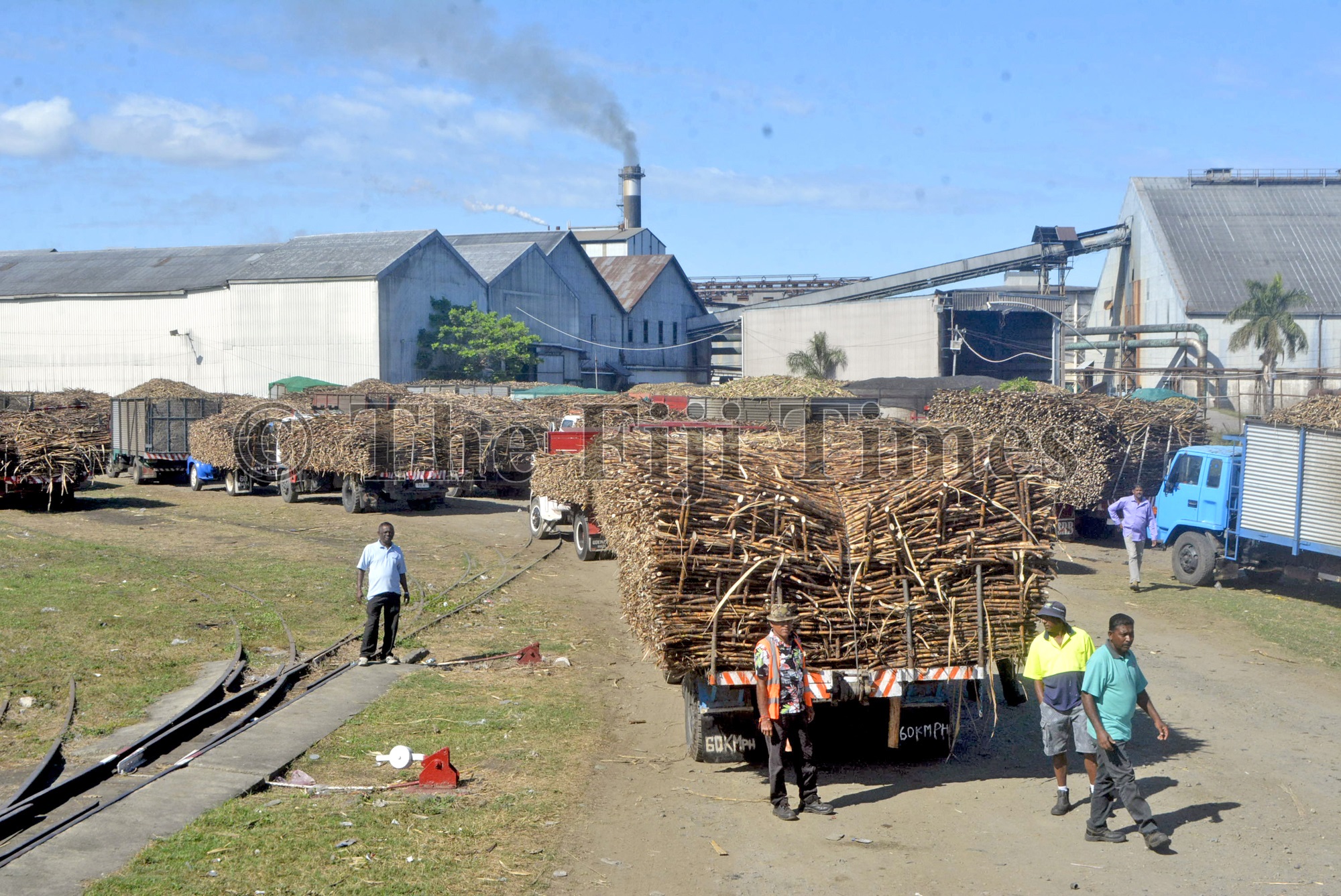MINISTER for Sugar Charan Jeath Singh says the sugar industry in Fiji thrived in its good times because there was no politics in the industry.
Speaking during the submission on the Sugar Industry (Amendment) Bill (Bill No 23 of 2024) to the standing committee on Justice, Law and Human Rights on Tuesday (18/02), he said the decline in the industry took place after the 1987 upheaval.
“That was a good prime time where there was no politics in the sugar industry, so it really thrived,” he said.
“Now, how did the decline take place?
“In 1987 after the upheaval of the coup, there were differences among the TLTB (NLTB that time) and land leases were not renewed.
“The sugar industry started to decline.
“The reason being, when we actually had the old cane farmers on the cane farms, prior to 1987, we had a father, mother and five or six kids on the farm.
“They were the actual workers on the farm, with the parents, and that’s how the sugar industry thrived.”
He said one of the main causes of the decline of the industry was the land lease issue.
“In 1987, obviously there was ALTO (Agricultural Landlord and Tenant Ordinance), and then ALTA (Agricultural Landlord and Tenant Act).
“ALTO gave an assurance of 20 years of lease. And then ALTA gave us an extension of another 30 years.
“So, there were at least two generations of farmers sitting on the land.
“There was no actual foresight to even think that anybody was going to be removed from the land.
“So, everybody was continuing to farm and make this happen.
“In 1987 unfortunately, we had some policy changes in NLTB.
“Farmers said, how can we be guaranteed to continue farming on this land when we don’t have a foresight or a clear indication in this country, where the land problem is going to be resolved.
“So, this saw the first stage of extinction, people started moving out of the land.
“So, the decline started from 4.2 million tonnes.”
He said during the good times of the industry, 4.2 million tonnes of sugarcane was produced.
“1.2 million tonnes were crushed in Labasa and two million tonnes were crushed in Lautoka, Rarawai and Penang mills, which produced 502,000 tonnes of sugar, which was the highest sugar produced in the country.
“Under the Asian Caribbean Pacific (ACP) agreement, we were supposed to supply 300,000 tonnes of sugar to the UK market, and for which we were given a premium price in those days.
“200,000 tonnes of sugar was then sold in the other markets, such as US, Korea, Japan and other countries.”



